
Last Friday was National DNA Day (April 23) in the United States, which commemorates the discovery of the double helix by James Watson and Francis Crick (1953), as well as the completion of the draft human genome (2003). Destined, unfortunately, to dwell in the shadow of Earth Day (April 22), DNA Day nonetheless offers an opportunity to share the wonders of genetics and genomics with the vast majority of the populace (>99%) who know very little about them.
NHGRI’s Big Day
The National Human Genome Research Institute (NHGRI) really goes all out. They host a DNA Day web site, a Facebook page, and even an online chatroom where students around the world can ask questions and have them answered by a panel of experts. There are always some good questions; here were a few of my favorites from this year:
Q: Is the DNA testing done on NCIS (TV criminal investigation show), the actual truth?
A: Phyllis Frosst, Ph.D.: The kind of testing on NCIS (and other TV shows) is quite close to reality in terms of capability, however the speed at which these tests take place is (by necessity) greatly accelerated compared to reality. It slows down the pace of a TV show if the characters have to wait 3 weeks for a DNA test!
Q: Do we retain any of the genes of our ancestors, such as dinosaurs?
A: Ian Wallace, M.S.: There have been numerous studies to determine what parts of our genetic code are conserved across species. Primates are our closest relatives, while lizards and birds would be very distant genetically. Modern lizards and birds surely have some stretches of DNA that are similar to those of their long-ago ancestors, such as dinosaurs.
Q: Since the DNA structure of humans has been mapped, are we any closer to cloning humans?
A: Dale Lea, R.N., M.P.H., C.G.C., F.A.A.N.: We are not close to cloning humans. The NHGRI has an Ethical, Legal, and Social Issues Branch that looks closely at these kinds of issues.
Q: Why do we still use SNPs when the whole human genome has been sequenced?
A: Sandy Woo, M.S.: While the majority of the human genome was sequenced (work remains on the centromeres and telomeres), we are still studying how the genome functions to affect human health and disease. That is where SNPs (which are found in the DNA between genes) are helpful as they serve as biological markers for scientists to locate genes associated with disease. In other words, scientists are still trying to “translate” the genome that it has been transcribed.
Q: What happened to Han Solo’s DNA when he was frozen in carbonite? [Asked by “Jarjar Binks”]
A: Sarah Harding, M.P.H: Well, since Han did not appear to age during the time he was frozen, it is likely his cells stopped dividing. When Leia released him, it restarted his aging process, so basically all Jabba did was to keep Han looking young and fresh.
Well answered, Dr. Harding, well answered.
Taking the Wonders of DNA to Students
This year I again recruited Tech D group leader (and one of Genome Technology “Tomorrow’s PI’s”) Vince Magrini to join me on a visit to Our Lady of Lourdes, a catholic elementary/middle school. It was the 7th grade science class, and although they hadn’t yet covered DNA in the curriculum, their teacher Mr. Falkler had given them a crash course the day before. We’d hardly arrived in the classroom when Vince and I were sweating – not because we were nervous, but because the school apparently has no A/C, and it was one of those humid, 80-plus-degree days that we get in Missouri in the spring.
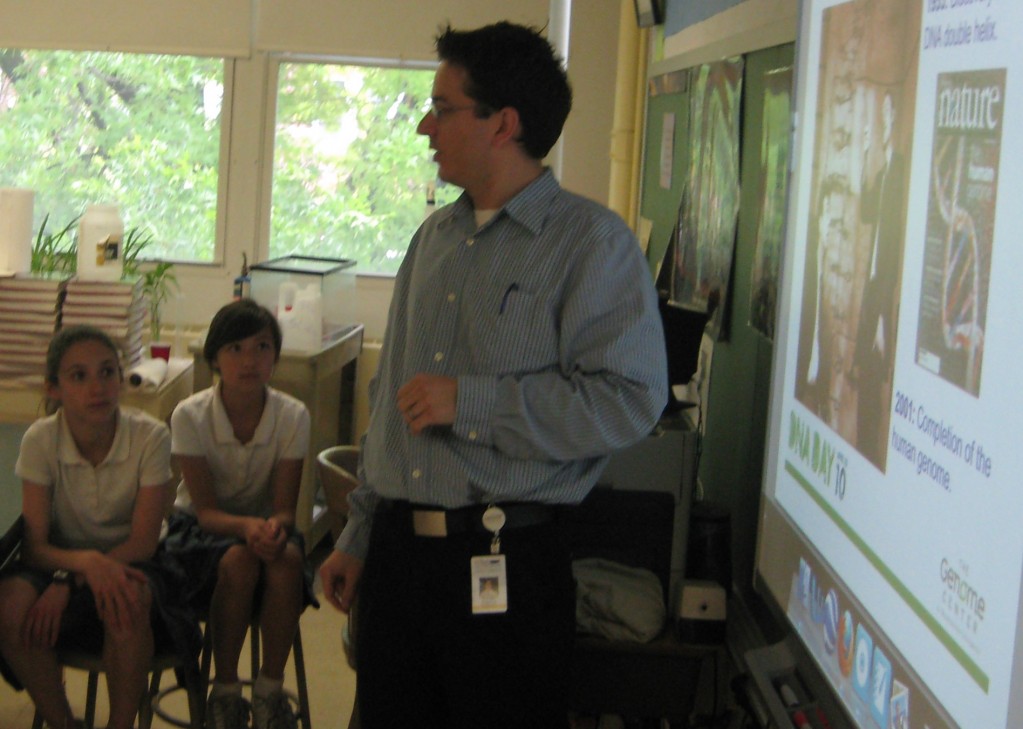
I warm up the class with some double helix history. |
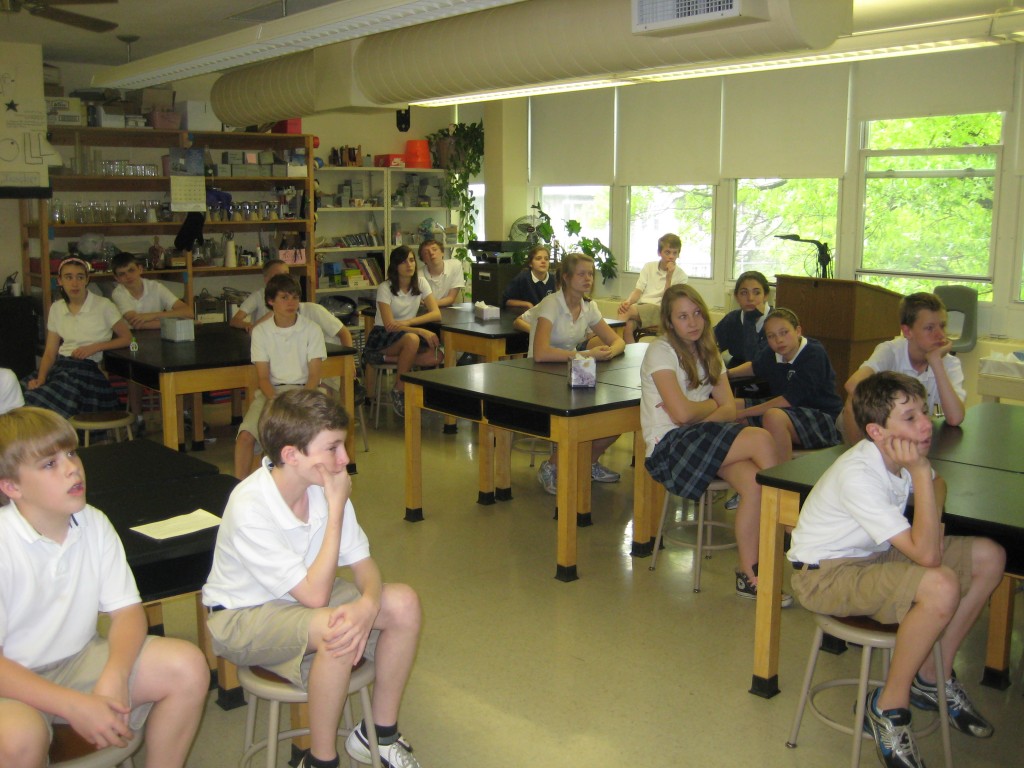
The audience is clearly enraptured by my presentation. |
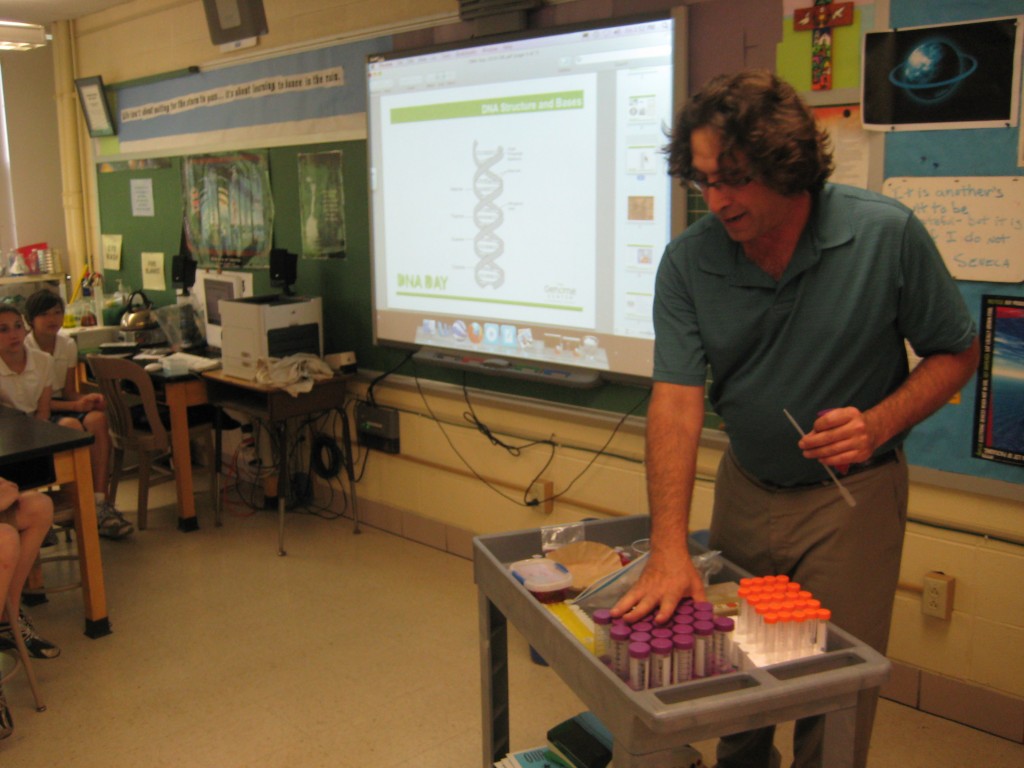
Vince gives a demo of his “DNA from Strawberries” experiment. |
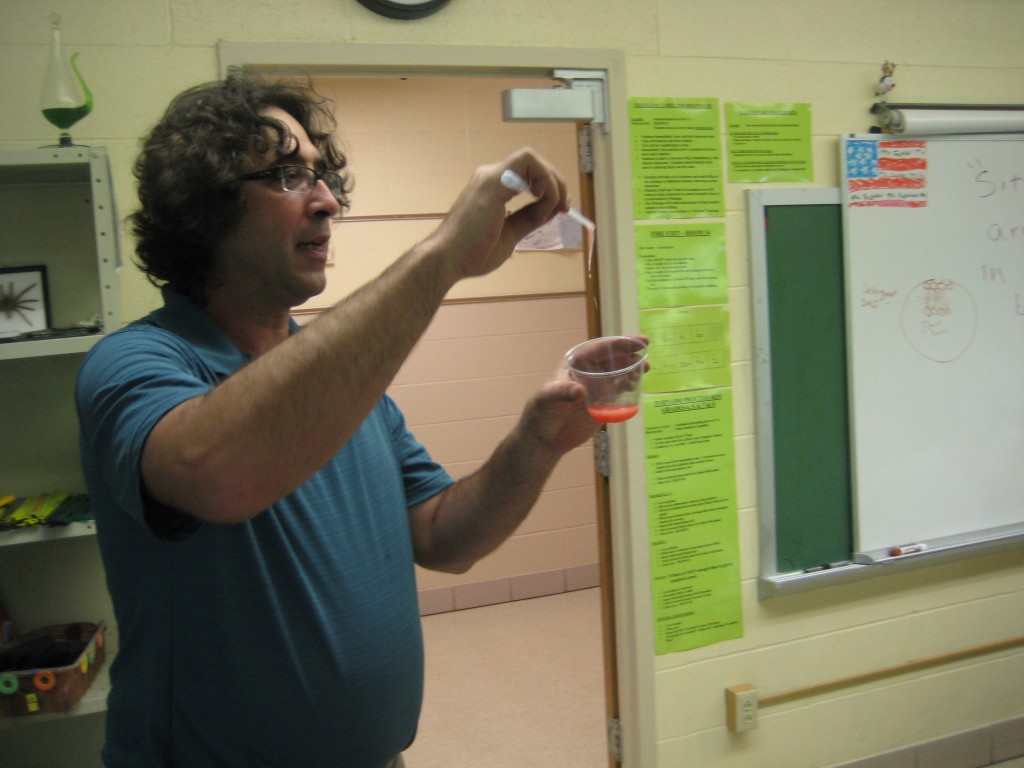
Sure, it’s easy if you’re in TechD at the Genome Center. |
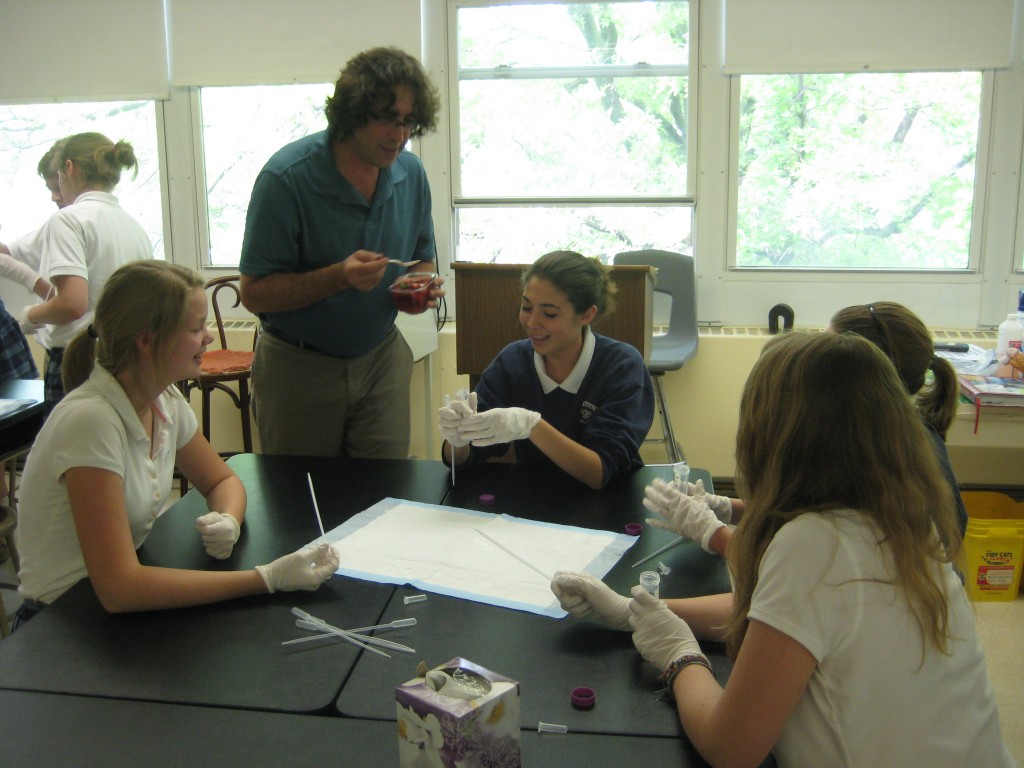
EVERYBODY GETS A STRAWBERRY! |
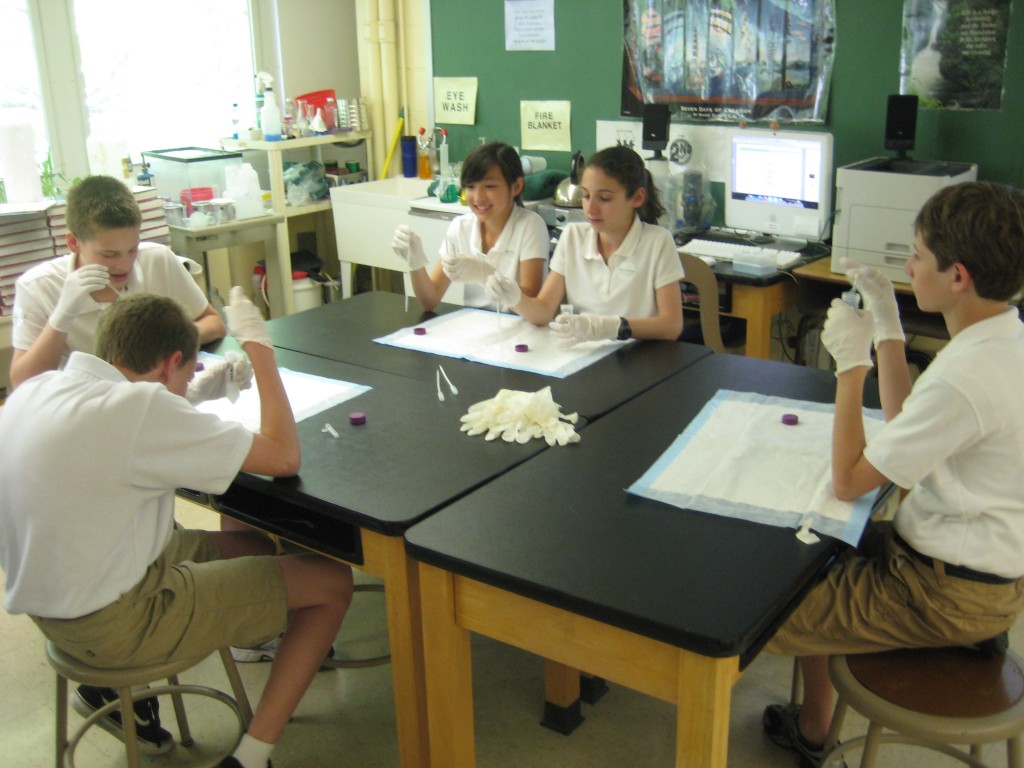
Lab technicians in the making. |
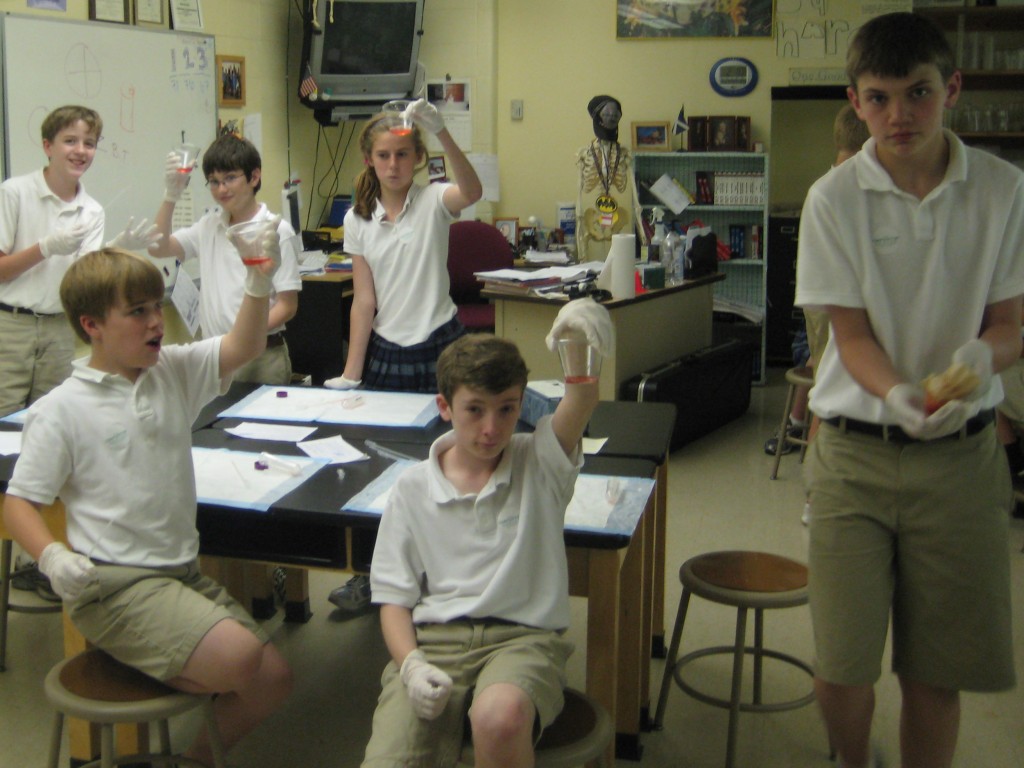
Cheers! |
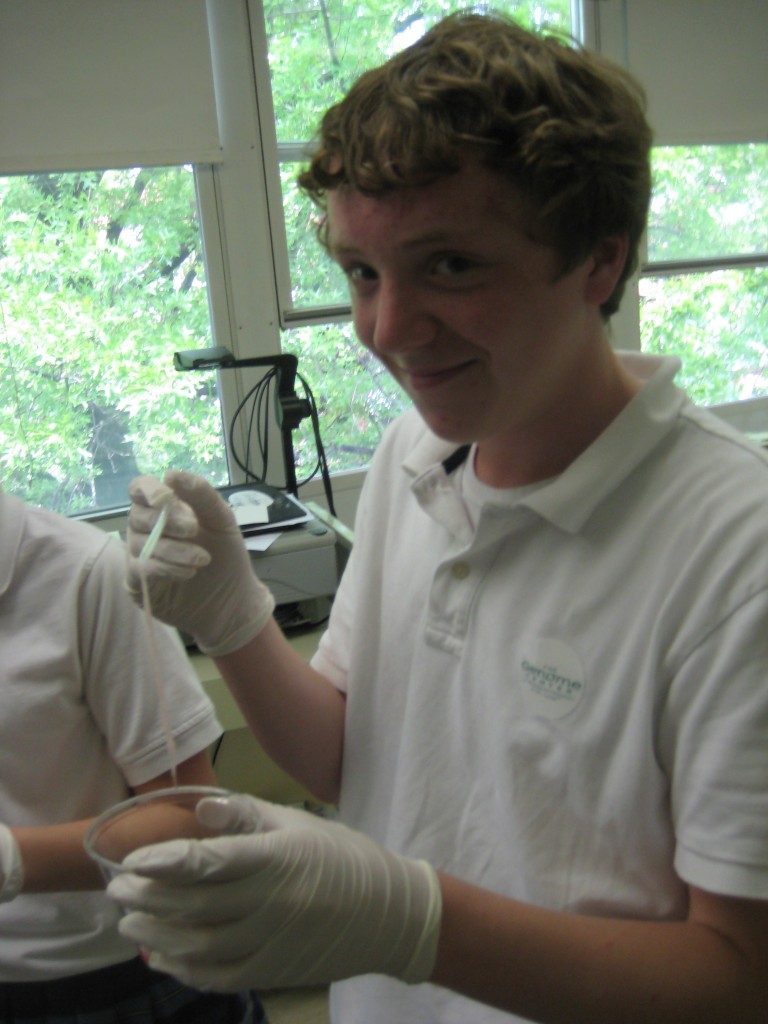
Ah, success. |